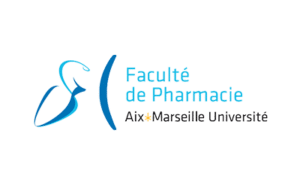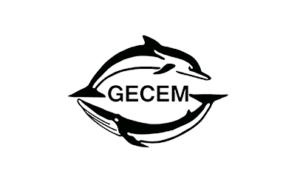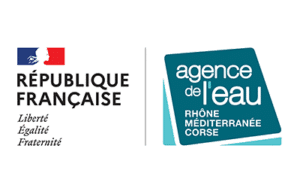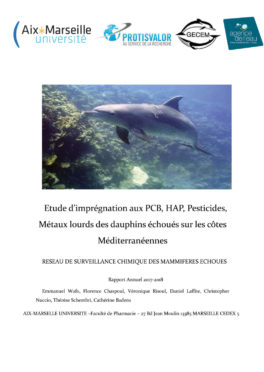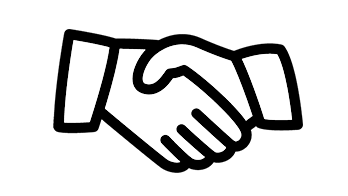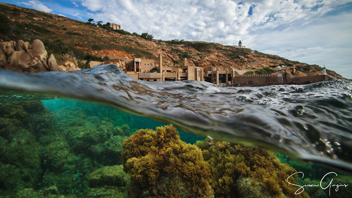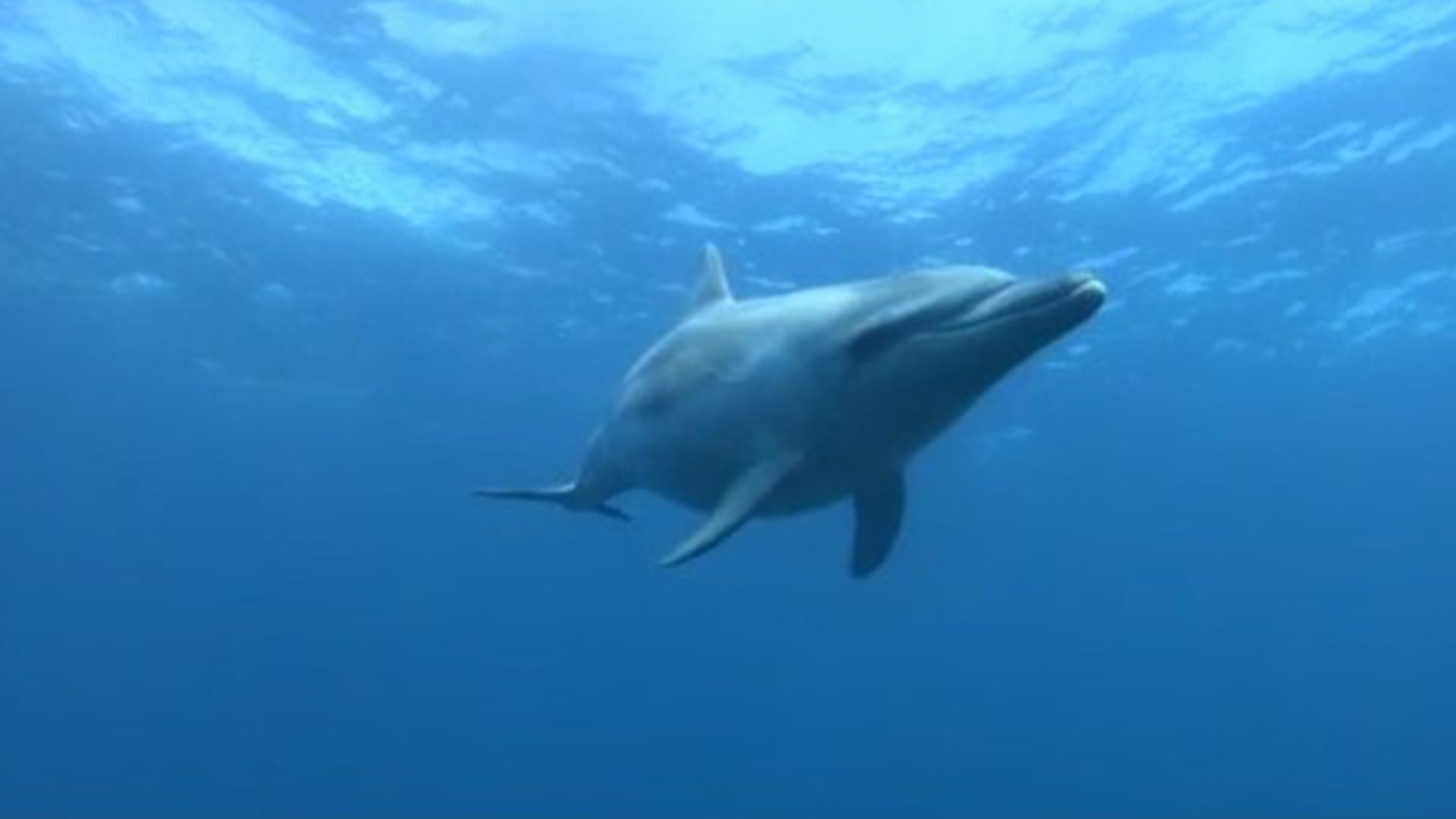
CHEMICAL MONITORING NETWORK OF THE TROPHIC CHAIN BASED ON MARINE MAMMAL STRANDINGS
For many years, cetaceans have been regularly stranding on our coasts. Many priority pollutants, such as polychlorinated biphenyls (PCBs), pesticides, polycyclic aromatic hydrocarbons (PAHs), metals, etc.., are widely suspected of contributing to these strandings. Indeed, the tissues and organs very often contain high concentrations of these pollutants.
Studies on the levels of pollutants in marine mammal organisms have been carried out since 2001 by the Analytical Chemistry Laboratory of the Faculty of Pharmacy of Marseille. The current objective is to recover the samples, just after a stranding, and to proceed to the analysis of the contaminants. In this way, an evaluation of the real trend of the contents, organism by organism, is made possible at the end of each year.
Marine mammal strandings on the French coast have been continuously monitored since 1972 by the Réseau National d’Echouages (RNE), coordinated by the Pelagis Observatory (Unité Mixte de Service 3462, University of La Rochelle-CNRS, formerly ‘Centre de Recherches sur les Mammifères Marins’). Within this network, the Mediterranean monitoring is coordinated by the Groupe d’Etude des Cétacés de Méditerranée (GECEM, directed by Dr. Frank Dhermain), which received the official delegation in 2000.
All reports of cetacean strandings on the French Mediterranean coast are generally taken into account : animals found stranded on land or on the coastal strip, alive or dead, accidental captures, etc. The intervention on a stranded dolphin includes first the identification and the measurements of the animal. The sex, the state of freshness of the carcass and the presence of obvious lesions (signs of capture, collision, bites…) are systematically informed, as well as the precise location of the stranding and the date of the discovery. The second role of the RNE is to take samples of tissues and organs for scientific studies. Sampling is done according to the standard protocol recommended by the MMRC (Dissection Protocol and Sampling Levels, crmm@univ-lr.fr). Samples are generally taken from skin, blubber, muscle, lung, liver and kidney. They are stored in duplicate at -18°C for further research. The analysis of contaminants (PCBs, pesticides, PAHs, metals) is then carried out by the Laboratory of Analytical Chemistry of the Faculty of Pharmacy of Marseille, as well as other partner laboratories, in the framework of scientific research projects.
The CETAMED network allows the user to visualize the different stranding locations and to access additional information by clicking on the points (sex, location, size, date, name of the stranded species), appearance of a POP UP window. It also provides access to the pollutant levels present in the different organs analyzed : muscles, kidneys, liver, lungs, brain, gonad, blubber, testicles (by zooming in on the colored circles, it is possible to identify the different organs concerned and the pollutant levels). It is a component of the chemical monitoring undertaken under the DCSMM. As such, it is complementary to the CONTAMED network carried by Ifremer and the mammal network, carried by WWF.
Information on the data :
*Total PCBs represent the sum of the PCBs analyzed : CB20, CB31, CB28, CB18, CB44, CB52, CB95, CB92, CB101, CB60, CB87, CB151, CB136, CB149, CB118, CB105, CB153, CB141, CB138, CB187, CB183, CB128, CB174, CB177, CB156, CB180, CB170, CB201, CB196, CB195, CB194
*Total PAHs represent the sum of the analyzed PAHs : Naphthalene, Acenaphthylene, Acenaphthene, Fluorene, Phenanthrene, Anthracene, Fluoranthene, Pyrene, Benzo(a)anthracene, Chrysene, Benzo(b)fluoranthene, Benzo(k)fluoranthene, Benzo(a)pyrene, Dibenzo(ah)anthracene, Indeno(123cd) pyrene, Benzo(ghi)perylene.
*For Pesticides, the ∑ DDT= DDT+DDD+DDE.
The following is the concentration information : for metals : µg/g DM ; for PCBs, pesticides and PAHs : lard (µg/kg or ng/g lipid) and other tissues and organs : (µg/kg or ng/g DM)
To visualize our results, we invite you to visit our platform by clicking directly on the button “Access the maps“, just below.
Contacts : Dr Frank Dhermain (GECEM) / Dr Emmanuel Wafo (emmanuel.wafo@univ-amu.fr)
Project leader : GECEM – https://www.gecem.org / Faculty of Pharmacy of Marseille – https://pharmacie.univ-amu.fr
Update frequency : Every three years
Partners : Rhone Mediterranean and Corsica Water Agency, GECEM
Study Reports
Associated scientific publications
